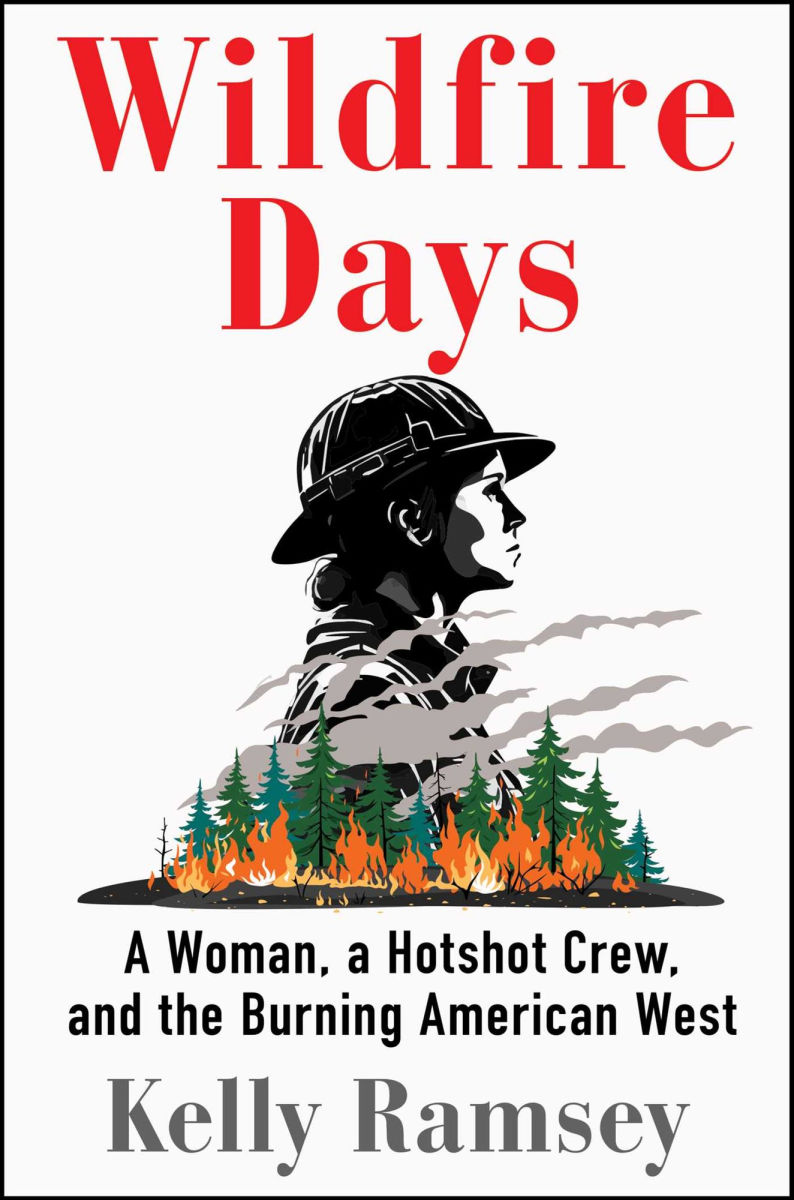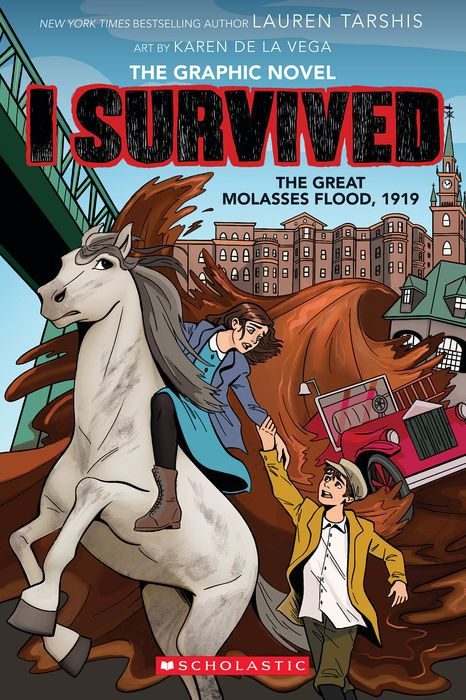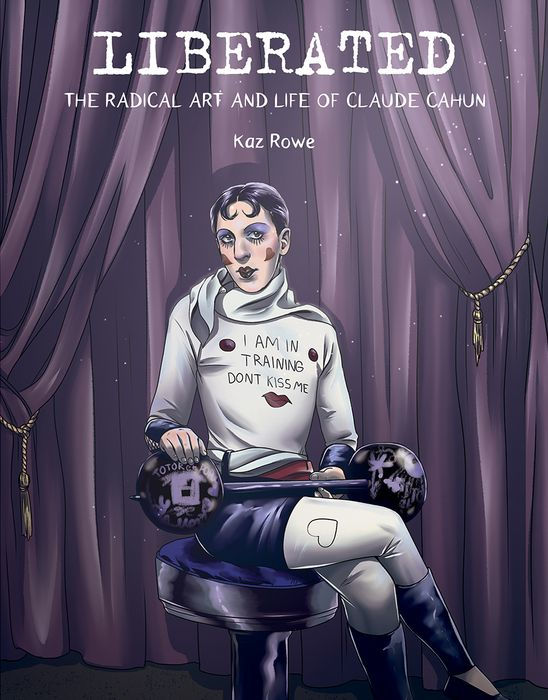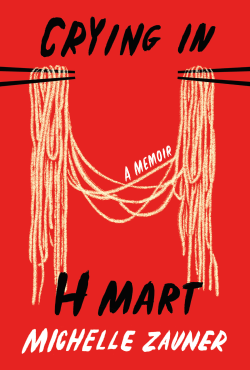
I listened to this as an audiobook narrated by Tippi herself at the age of 89. I recommend that format, though the print edition has 16 pages of photos which I'm sure are amazing. Tippi is a great narrator of her own life, and her life is WILD. No matter how detailed this review seems, trust me that there is tons of jaw-dropping material I didn't even touch on.
Tippi Hedren is an American actress of Scandinavian descent - "Tippi" is a Swedish nickname that stuck. She starred in Alfred Hitchcock's
The Birds (her first film role!) and
Marnie, but never had another starring role in a good movie. Her memoir explains why, and it's absolutely infuriating.
She then got involved in big cat rescue! Her home in Sherman Oaks, which for those of you who don't know was and is a placid suburb in Los Angeles, was filled with LITERAL LIONS. And she made a movie called
Roar, shot in Sherman Oaks and starring THIRTY RESCUE LIONS.

I have seen
Roar. It's clearly intended to be a charming family comedy about a family that visits Africa and ends up in a house full of lions, a la
Doctor Dolitte. But you can tell that the shoot was wildly unsafe, the lions are real and not tame, and the actors (Tippi and her actual family, including her teenage daughter Melanie Griffith) are frequently about to be actually eaten.
I was curious about how all this came about. Tippi's memoir explains. Sort of. It turns out that some things, like devoting multiple years of your life to making a movie starring your unpredictable and deadly THIRTY RESCUE LIONS and FIFTEEN RESCUE TIGERS, are beyond explanation.
Tippi started out as a model, and loved it. I've never thought much about modeling as a career, but she shows why someone might like it. She got along well with the other models, she was interested in fashion, she liked the professionalism and technical aspects of it, and she was level-headed and didn't get sucked into drama. She moved on to commercials, which she enjoyed for the same reasons. (Commercials on television were a relatively new thing at that time, and that part is pretty interesting.) We might never have heard of her, except that Alfred Hitchcock saw her on a commercial, picked up the phone, and said, "Get me that girl."
Tippi was a fan of Hitchcock and was thrilled to be considered for a role in one of his movies. At first it was all a dream. He and his wife taught her to act - they were brilliant teachers, she says - got her beautiful costumes, and were going to make her career. And then things got creepy.
Cut for sexual harassment and assault.
( Read more... )And then came the lions! Tippi had married Noel Marshall, who she says was very impulsive and sucked her into his craziness. She does say she was also responsible for her own part in the big cat madness, and that she was also crazy. But, she says, she's much saner and more practical when she's left to her own devices. This seems a little self-serving but also probably true: all the really crazy stuff occurred when she was married to Noel Marshall, and her continued involvement with big cats after they divorced was considerably saner. Tippi herself recounts the events with genuine puzzlement as to how otherwise more-or-less normal people could have done and believed such crazy and dangerous things.
Having been born into a cult and also worked on movies and television, I can vouch for a kind of collective insanity that can overtake groups of people who are, or mostly are, sane when alone. This goes double when working on a movie or TV show, because sleep deprivation, high financial stakes, overwork, and group culture are very conducive to temporary group insanity; it's as if you create your own mini-cult. It's easy to get sucked into and hard to explain afterward.
This sort of thing was clearly at work in the production of
Roar, and also in the events leading up to it.
Roar came about because Tippi visited Africa as part of a humanitarian mission. I'm not going to get much into that side of her life, but she did a huge amount of it, mostly focusing on hunger and refugees, and was instrumental in helping Vietnamese refugees set up nail salons, a niche which they hold to this day. Also, she was once taught to fly a plane on the fly, so to speak, when one of the two pilots bailed after an emergency landing, and flew a plane full of aid workers solo something like three hours after her first lesson. Tippi's entire life is one long "it could only happen to Tippi."
Anyway, while in Africa she and her husband, Noel Marshall, saw an abandoned house that had been taken over by a pride of lions, and thought, "That would make a great movie!" They talked to several big cat experts, all of whom told them that was an insane idea. Then they met a big cat rescuer in LA, who told them that if they wanted to work with lions, they needed to get to know lions... and he just happened to have a lion cub in need of a home.
That set them on a slippery slope leading to a ranch full of lions. And tigers. And panthers. And an elephant. This was an even worse idea than one might imagine. Not only are big cats wild animals that cannot ever be truly tamed, fight amongst themselves, and can kill you without even trying, but the different species don't get along with each other. They repeatedly had to chase down loose tigers in suburbia while pretending to the police and neighbors that there were no tigers, and ended up in the local hospital so frequently that the doctors got used to the family appearing on the regular with lion bites, broken bones, and GANGRENE.
Have you ever tried to train a cat to do literally anything on command? Now imagine trying to train a vicious, feral cat. Now imagine trying to train forty vicious, feral cats who weigh 500 lbs.
Due to the impossibility of getting the lions and tigers and panthers and pumas to do anything on command, the movie was mostly shot by shooing them into the house, then putting the cast (Tippi, Noel, teenage Melanie Griffith, and Noel's two sons (the third son sensibly refused to get near the big cats and did production design) into the house with them.
Cut for human harm.
( Read more... )Cut for animal harm.
( Read more... )Tippi says they didn't realize that they were basically making the world's most expensive and dangerous home movie. It was finally released... and flopped. She says no one wanted to see a family film in an era when sex and violence ruled, but uhhh I don't think that was the problem.
She divorced Noel Marshall, more or less came to her senses, and realized that big cats should not be kept as pets NO SHIT. She has lobbied for bans on keeping and importing big cats as pets. She also founded the Shambala Preserve, which takes in big cats that could not be released into the wild, including Michael Jackson's tigers and a lion that used to belong to Anton La Vey. The big cats are all neutered, and have no contact with humans beyond what is absolutely necessary.
Tippi Hedren is now 94. She lives in a house on the Shambala site, with multiple rescue cats. (The lap-sized kind.) They are not allowed outdoors.























